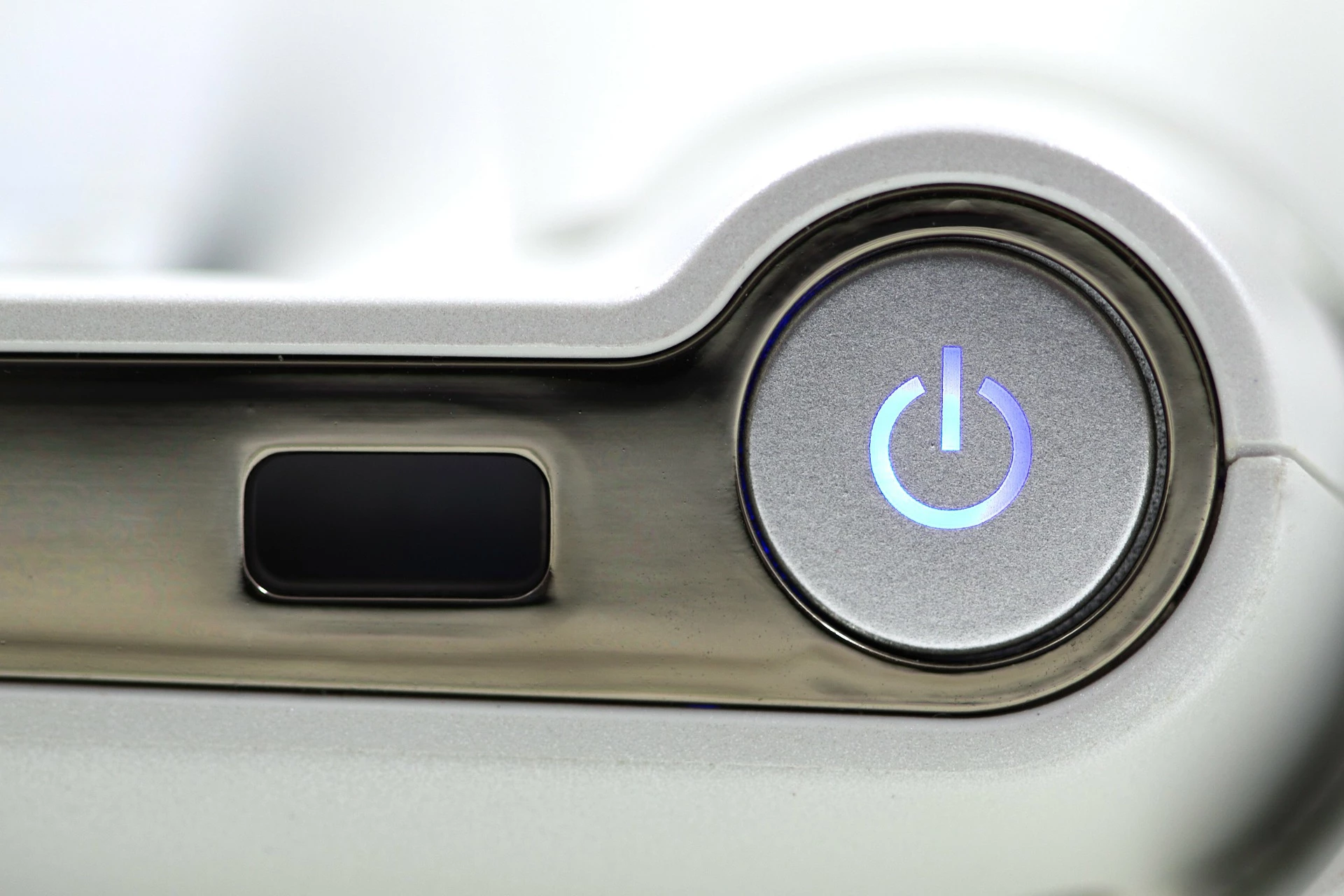
Partner Article
Downtime Disasters – Why turning it off and on again isn’t always a good idea
Whether you’re a smaller start-up or an international brand, an IT outage is guaranteed to cause chaos in your company. BA’s recent high-profile computer meltdown led to global delays and cost the airline an estimated £150 million. Smaller firms might not suffer public humiliation on quite such an epic scale, but the impact on business and customers can still be huge.
The well-worn advice ‘Have you tried turning it off and on again?’ – popularised in the TV sitcom The IT Crowd – is definitely not always the best solution when your system goes down. In fact it’s transpired that the BA crisis began when an electrical engineer disconnected a power supply, which shut down BA’s data centre. That would not have been a big problem in itself, but the real damage was caused when the power was turned back on too quickly, producing a power surge that crashed all the airline’s computers.
So what is the best way of protecting your business from an IT failure – and how should you cope when problems arise?
Daren Oliver, Managing Director at Fitzrovia IT, one of London’s leading IT consultancies, says:
“Every business’s IT needs are unique, so the most important factor is to set up a recovery plan that’s tailored precisely to the individual company. It’s vital to install systems which backup, protect and allow you to instantly restore accounts and data so that business can return to normal. The plan should also be tested regularly to ensure it remains effective.
“There are many tools and solutions that can help protect business from downtime, even if physical hardware has been damaged or destroyed.”
With sufficient protection and planning in place, outages can be dealt with in seconds or minutes, rather than hours or days, says Daren. He added:
“Virtual servers can be up and running in six seconds, meaning that customers may not even be aware of a problem.”
IT outages are often the result of human error, but studies show that many other factors can come into play. Faulty power supplies as well as software and hardware failures are the other top culprits.
Whether you manage IT services internally or through a consultancy, the message is clear: start planning now, and if calamity calls – think twice before turning the system off and on.
This was posted in Bdaily's Members' News section by Nicola Collins .
Enjoy the read? Get Bdaily delivered.
Sign up to receive our popular morning London email for free.








 How to make your growth strategy deliver in 2026
How to make your growth strategy deliver in 2026
 Powering a new wave of regional screen indies
Powering a new wave of regional screen indies
 A new year and a new outlook for property scene
A new year and a new outlook for property scene
 Zero per cent - but maximum brand exposure
Zero per cent - but maximum brand exposure
 We don’t talk about money stress enough
We don’t talk about money stress enough
 A year of resilience, growth and collaboration
A year of resilience, growth and collaboration
 Apprenticeships: Lower standards risk safety
Apprenticeships: Lower standards risk safety
 Keeping it reel: Creating video in an authenticity era
Keeping it reel: Creating video in an authenticity era
 Budget: Creating a more vibrant market economy
Budget: Creating a more vibrant market economy
 Celebrating excellence and community support
Celebrating excellence and community support
 The value of nurturing homegrown innovation
The value of nurturing homegrown innovation
 A dynamic, fair and innovative economy
A dynamic, fair and innovative economy